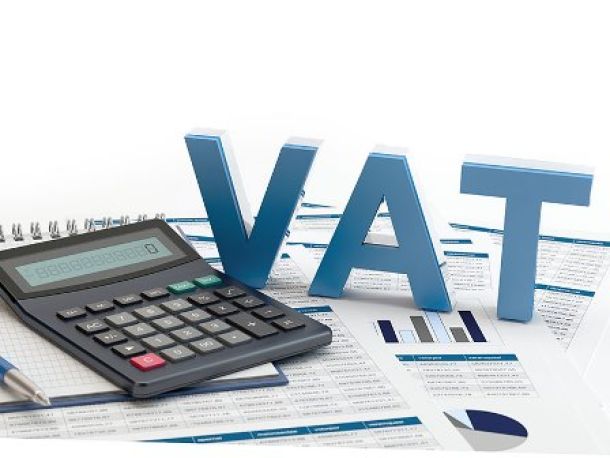Drought, rand double whammy for consumers
South African consumers should brace themselves for a double blow on food prices from the countrywide drought and continued rand weakness, Grain SA warned.
While South Africa was still recovering from a R12bn loss in maize production from last year, it is in the grip of a drought which could see it become a net importer of the crop for the first time in seven years, Grain SA CEO Jannie de Villiers told Fin24..
This could translate into a significant increase in maize and ultimately food prices.
He said the February 2015 drought caused a 70% increase in the price of white maize which translated into a 14% increase in mealie meal prices.
“There is already consumer resistance in the consumption volume ... it is going very badly with poor people in the country,” he said.
South Africa’s poor are the primary consumers of mealie meal as a staple food.
De Villiers also said so far the price of yellow maize has increased by 60%.
Yellow maize is used for animal feed and its price has a direct impact on the prices of poultry, red meat and dairy products.
De Villiers cited price increases for eggs (10%), chicken (6%), and beef (4% to 5%) and said consumers could experience much higher prices if it doesn't rain in the next 3 to 4 months.
“Maize meal could increase by another 15% and most of the other products will reach double figures, but it is difficult to estimate,” he said.
He also cautioned on an expected increase in wheat prices, which could impact the price of bread.
“The bread price is linked to wheat ... we are always short of wheat,” De Villiers told Fin24.
South Africa was a net importer of wheat and was affected by the rand exchange rate, according to De Villiers.
“The depreciation of the rand is the key issue,” he said.
Bloomberg reported on Wednesday that South African wheat prices advanced to a record as a weaker rand made imports of the cereal more costly.
Wheat for delivery in December gained 0.8% to R4 427 ($311) a metric ton by midday on the South African Futures Exchange in Johannesburg, the highest closing level since trading started in November 1997.
At the same time the rand fell to a record low of R14.3827/$.
News Category
- International retailers
- On the move
- Awards and achievements
- Legislation
- Wine and liquor
- Africa
- Going green
- Supplier news
- Research tools
- Retailer trading results
- Supply chain
- Innovation and technology
- Economic factors
- Crime and security
- Store Openings
- Marketing and Promotions
- Social Responsibility
- Brand Press Office
Related Articles

Empowering South African households through gro...

SPAR shares practical tips to beat food inflation

South African motorists could be paying up to R...

Big VAT changes on the cards


